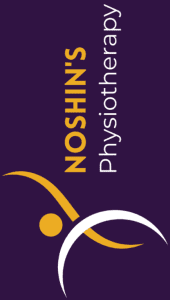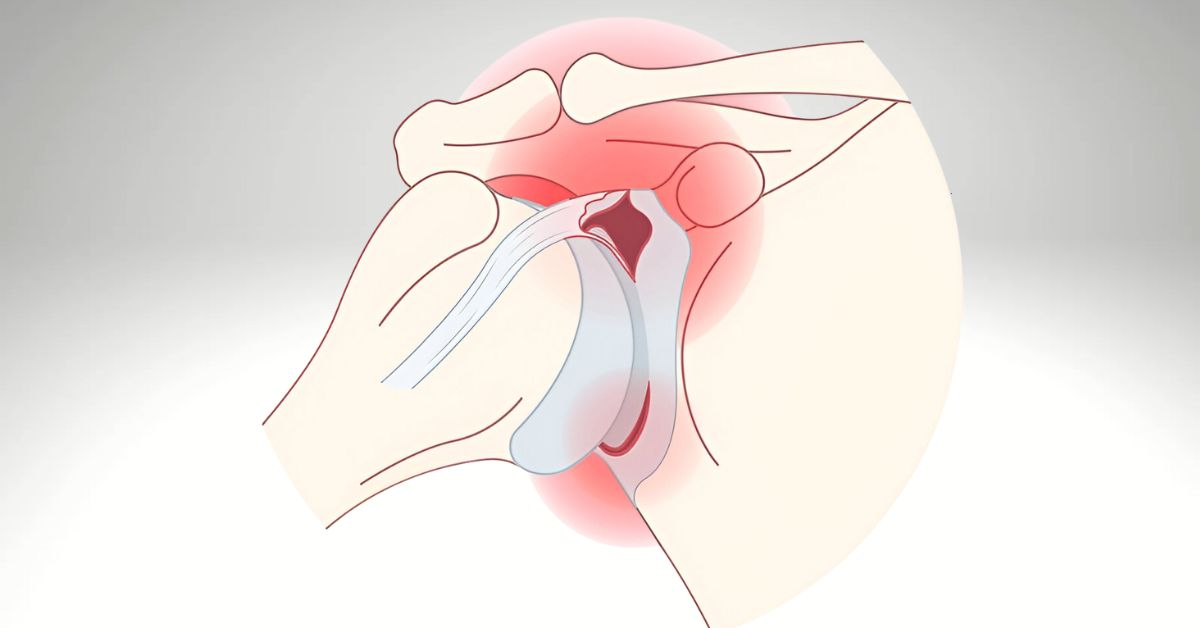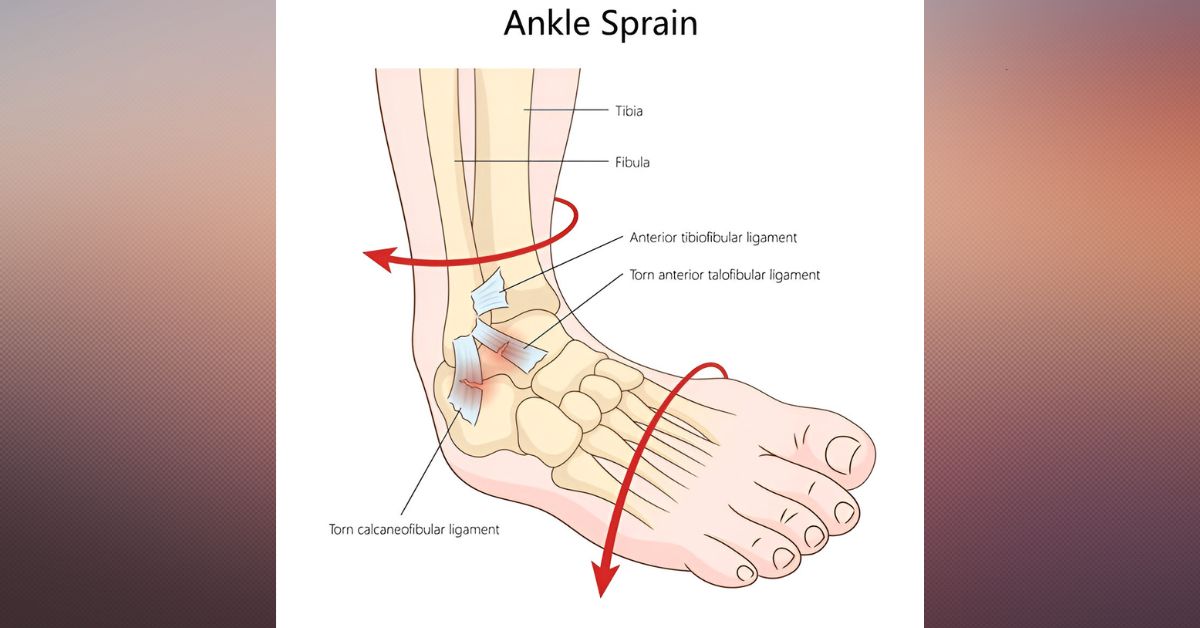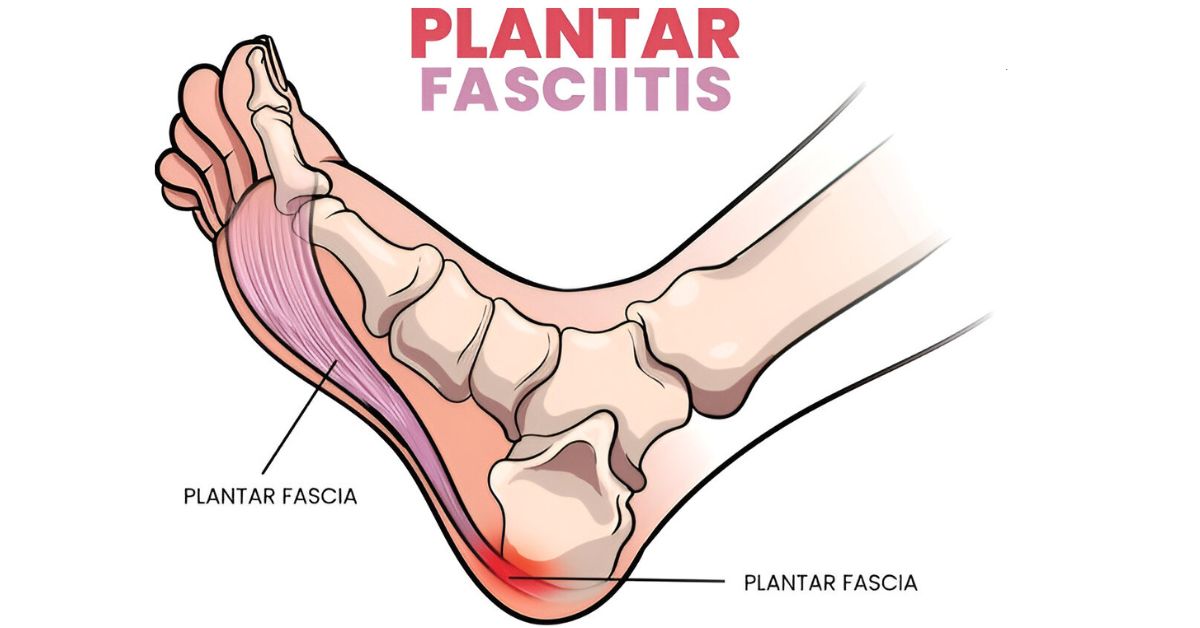Overview
Vaginismus, classified under Genito-Pelvic Pain/Penetration Disorder in the DSM-5, is a complex condition characterized by involuntary contraction of the pelvic floor muscles, leading to painful or impossible vaginal penetration. Despite its significant impact on physical and psychosocial well-being, it is often misdiagnosed or dismissed.
As physiotherapists with expertise in pelvic health, we propose an evidence-based, biopsychosocial approach that complements your care and improves outcomes for affected patients.
Prevalence and Clinical Presentation
Estimates suggest that up to 1–6% of women may experience lifelong vaginismus, although secondary cases are likely underreported (Reissing et al., 2004). Patients typically present with:
- Involuntary pelvic floor muscle tightness
- Severe anxiety or panic associated with penetration
- Avoidance of gynecologic exams or intimacy
- No identifiable anatomical cause
Pathophysiology and Assessment
Van der Velde & Everaerd (2001) conducted EMG studies revealing increased pelvic floor muscle activity even in anticipation of penetration. This supports the use of neuromuscular retraining as part of therapy.
Physiotherapists trained in pelvic health assess:
- Resting tone and reactivity of pelvic muscles (levator ani, obturator internus)
- Breathing and movement patterns
- Psychomotor responses during examination
Validated tools like the Vaginal Penetration Cognition Questionnaire (VPCQ) and Pelvic Floor Distress Inventory (PFDI) are used to track treatment progress.
Evidence-Based Interventions
Several RCTs support the effectiveness of pelvic floor physiotherapy:
- Brotto et al. (2015) found that women with genito-pelvic pain, including vaginismus, who received structured physiotherapy along with education showed improved sexual function and pain reduction compared to controls.
- Reissing et al. (2005) reported that pelvic floor retraining, combined with exposure therapy, led to statistically significant improvements in pain-free penetration and psychological outcomes.
Interventions include:
- Internal and external myofascial release
- Use of graduated vaginal dilators with physiotherapist guidance
- Neuromuscular re-education and breathing control
- Trauma-informed care principles
- Interdisciplinary collaboration with sexual health therapists or psychologists when needed
When to Refer
Consider referring patients with:
- Reported inability to tolerate vaginal exams or intercourse
- Primary vaginismus or secondary cases after childbirth, trauma, or surgery
- Coexisting pelvic floor hypertonicity or vaginismus diagnosed by exclusion
- Resistance or failure with purely psychological interventions
Conclusion
Physiotherapy offers a critical, evidence-backed pathway to healing for women with vaginismus. By addressing the muscular and behavioral components of the disorder, we support your patients’ progress with a personalized, respectful, and effective care model.
We look forward to collaborating in a multidisciplinary model to provide optimal patient care.
References:
Brotto, L. A., Yong, P., Smith, K. B., & Sadownik, L. A. (2015). Impact of a multidisciplinary vulvodynia program on sexual functioning and dyspareunia: A prospective study. Journal of Sexual Medicine, 12(1), 238–247. https://doi.org/10.1111/jsm.12721
Reissing, E. D., Binik, Y. M., Khalifé, S., Cohen, D., & Amsel, R. (2005). A randomized comparison of group cognitive–behavioral therapy and a validated education program for women with vulvar vestibulitis syndrome. Journal of Consulting and Clinical Psychology, 73(6), 1071–1081. https://doi.org/10.1037/0022-006X.73.6.1071
Van der Velde, J., & Everaerd, W. (2001). The relationship between involuntary pelvic floor muscle activity and sexual pain in women with dyspareunia and vaginismus: An electromyographic study. Journal of Psychosomatic Obstetrics & Gynecology, 22(4), 205–212. https://doi.org/10.3109/01674820109049983
Reissing, E. D., Binik, Y. M., Khalifé, S., Cohen, D., & Amsel, R. (2004). Etiological correlates of vaginismus: Sexual and physical abuse, sexual knowledge, sexual self‐schema, and relationship adjustment. Journal of Sex & Marital Therapy, 30(1), 47–59. https://doi.org/10.1080/00926230490247079











